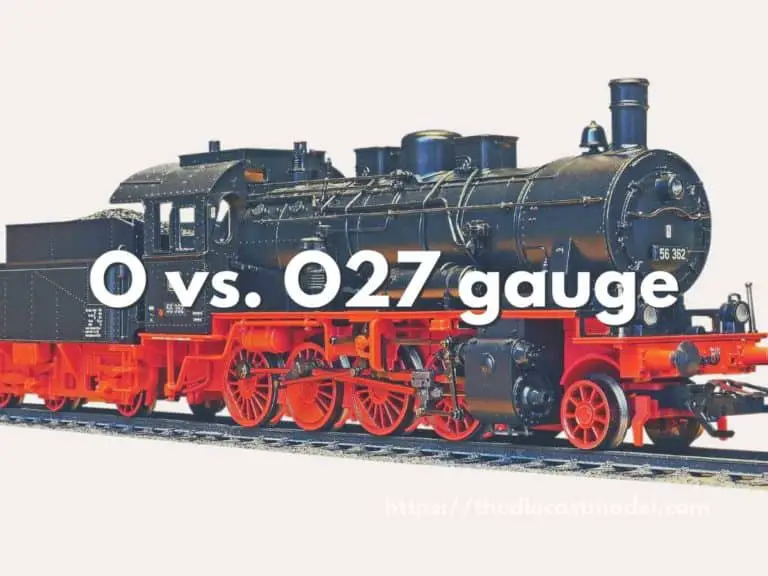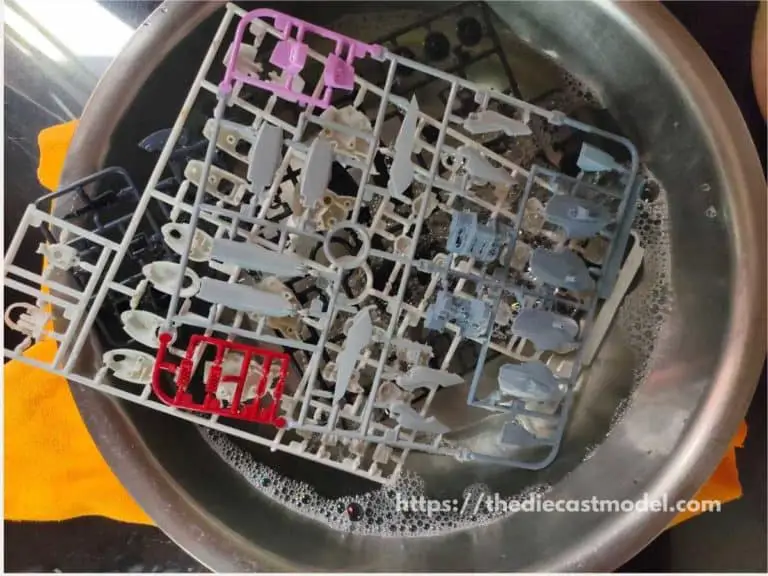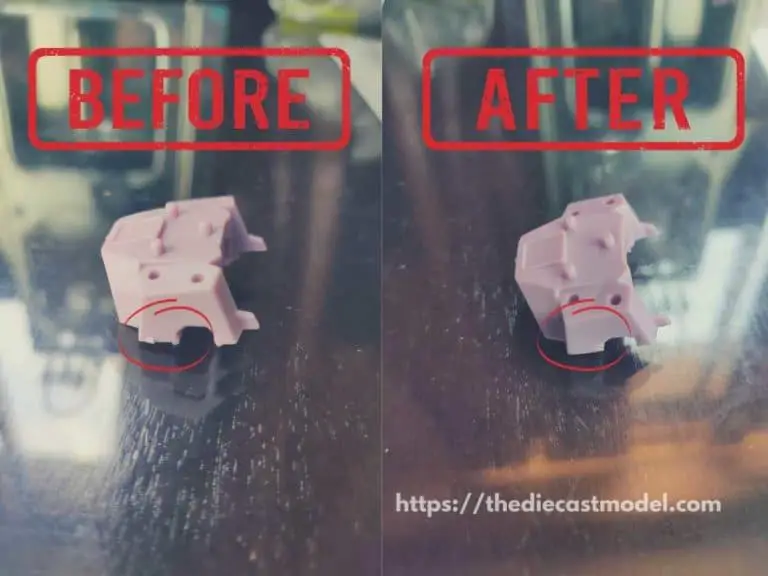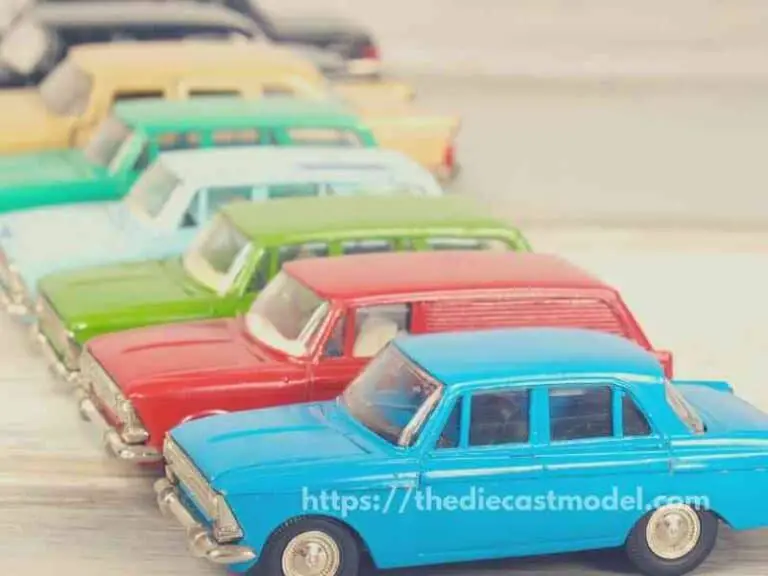Is Diecasting Environmentally Friendly: Reasons Why Diecasting is Eco Friendly
Diecasting is an inexpensive method of creating metal components used in many industries. It involves pouring molten aluminum into a mold that has been coated with an anti-stick agent, then ejecting the component from the die. This process is both cheaper and faster than casting metal alloys. However, while it is quicker and more affordable, pollution is one of the main problems we face. Thus, many people are questioning if diecasting is environmentally friendly.
Diecasting is an environmentally friendly process that turns lots of recycled aluminum into products we can reuse such as toys and equipment. Furthermore, it is a process that has lesser carbon footprints compared to other casting processes. Lastly, diecasts last indefinitely, making them a suitable choice compared to disposables.
In this blog post, we will talk about the environmental friendliness of diecasting and why it is a better choice than plastics.
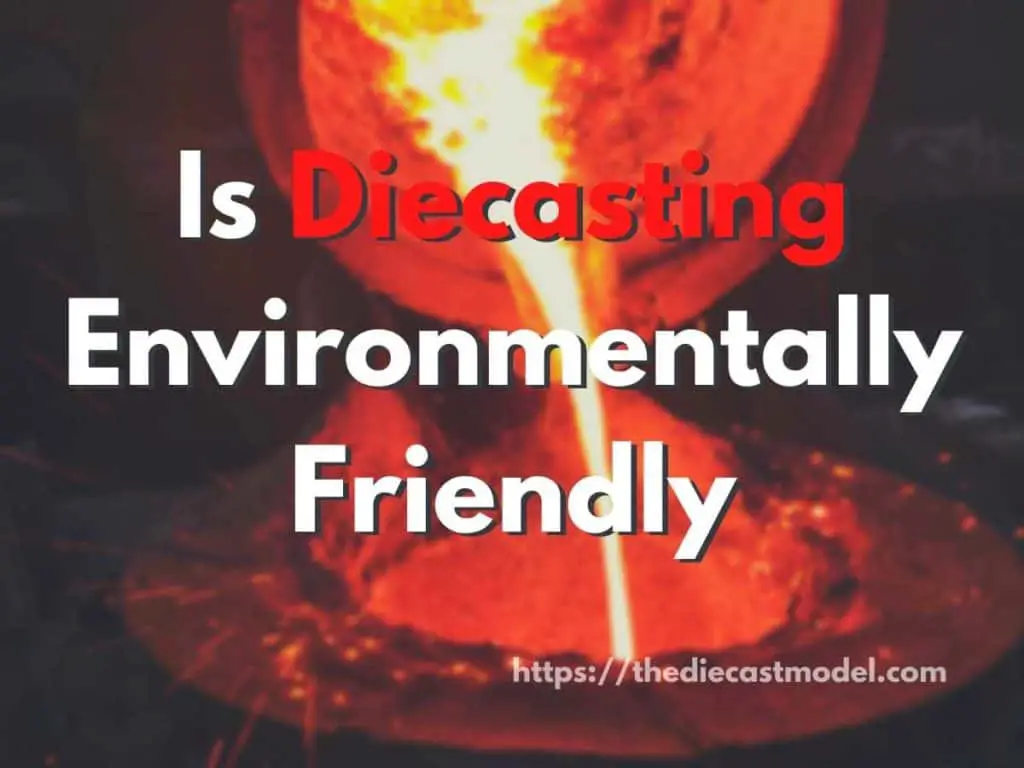
Is Diecasting Eco-friendly?
Diecasting is eco-friendly and is used in recycling used aluminum. In fact, 95% of the aluminum used in diecasting is from used aluminum. Not only is diecasting environmentally friendly, but it also has a low carbon footprint. This makes collecting diecast models a good hobby for environmentally friendly people.
There is an ever-increasing worldwide need for environmentally-friendly manufacturing and production processes.
With the current trend gearing towards eco-friendly products, you need to make sure your items are high-quality and environmentally friendly now more than ever.
Consumer products typically include more than one material in their construction. For example, consider, for instance, a car.
At the end of an automobile’s useful life, around 75% to 85% of the recovered metal parts are removed and recycled.
Many people are surprised to learn that just a tiny fraction of plastics can be recycled or reused.
Recyclable plastics account for only 9% of all plastics consumed, with the remaining 90% ending up in landfills. In comparison to plastics, metal-formed items have a significant environmental advantage.
This is the problem with plastic model kits and how they’re now going against the tide, especially on the global green revolution, which shaped consumers’ preferences for price and environmental friendliness.
I talked about this in detail in my other blog post about the challenges of the plastic model kits industry, which you can find here: Are Plastic Model Kits Still Made?
However, diecast models are different since they’re made with metal alloys known as Zamak.
With so many advantages, die casting is already one of the most used manufacturing methods.
Die castings are also better at shielding Electromagnetic Frequency (EMF) and Radio Frequency Interference (RFI) than plastics, which helps meet the ever-increasing FCC standards for many medical, telecommunications, and industrial applications.
Die casting is a manufacturing technique in which sustainability concepts can be directly implemented.
Die casting is a highly recyclable metal forming method, in case you didn’t know that already.
Since the diecasting method does not use toxic chemicals, metals and metal alloys can be recycled and reused without difficulty.
Overall, metal diecasting is more efficient than sand casting since diecast molds may be reused numerous times.
Many diecast materials are reusable and recyclable; hence the die casting process has a low carbon footprint.
More than 95% of North American aluminum die castings are made from post-consumer recycled aluminum.
In addition to reducing the demand for primary aluminum manufacturing, recycling aluminum reduces the need for fossil fuels.
How eco friendly is diecasting?
Diecasting is eco-friendly compared to other manufacturing methods because its products are usually long-lasting. Not only their products but also the machines used in the manufacturing process are durable. Thus, they produce less waste compared to other techniques. However, they still need to consume a lot of energy in the manufacturing process.
Now, we’ll take a look at how eco-friendly diecasting is and some reasons why diecasting is so prevalent in the manufacturing and secondary processing industries, not only for business purposes but also for the environment.
Diecasting Produces Less Waste and Has High Recycling Potential
Aside from the fact that die casting produces less waste and consumes less energy, the most prevalent diecasting materials, such as aluminum and zinc, have high recycling potential.
Diecasting, as opposed to sand casting, makes use of molds that can be used again and again without needing to be reformed after each cast.
Sand casting, on the other hand, can lead to mold contamination, which needs expensive and environmentally harmful disposal methods.
For firms looking to save money and reduce their environmental imprint, die casting is an excellent option.
Diecasting is Very Accurate, Precise, and Cost-effective
For a moment, let us consider precision, modifications, and material leftovers.
Diecasting is frequently lauded for its high degree of precision and tight tolerance margins in the finished result when it comes to making medical devices, automobile components, tools, and other life’s necessities.
The capacity to cast thousands of similar things with one mold at consistently high quality and quantity rates is not only cost-effective, but it also saves manufacturers and clients money and time from what would otherwise be a time-consuming, wasteful modification procedure.
High production accuracy has a good impact on the environment as well.
Modern diecasting techniques produce incredibly precise and reliable results – the fewer the faults, the fewer the rejects.
The small number of outliers that fail to meet commercial criteria in secondary production lines or direct retail can be recycled.
Being accurate means fewer factory rejects, which leads to fewer waste products.
Diecasts are Durable and Can Last a Long Time
Diecast products also have a long lifespan. Components that last a long time lessen the need for maintenance and replacement parts over time.
When a product reaches the end of its useful life, the chances are excellent that it can be retrieved, recycled, and used again in the metal production and diecasting process.
Diecasting lends itself to the use of materials that have been recycled and reclaimed.
If the metal is not excessively contaminated, the results achieved with recycled and reclaimed materials will equal the results reached with new resources.
Undoubtedly, recycled materials have environmental advantages.
Recycled materials don’t need to be mined or extracted; thus, they don’t contribute to pollution or damage to ecosystems or water supplies, as well as the overall energy consumption required for resource acquisition (transportation and infrastructure).
What is the environmental impact of diecasting?
Generally speaking, diecasting has a positive environmental impact as it uses recycled aluminum in its production since it is cheaper than mining aluminum ore. Furthermore, they produce less waste as it is a simple process of molding molten aluminum into materials. Lastly, their excess aluminum is recycled to make diecast products.
As mentioned earlier, almost all metals, and especially die castings, have always been easily recyclable.
Die-castings, like some non-metallics, are not hazardous trash and pose no challenges in handling or recycling.
Die-castings provide the product designer with recyclable components and engineering benefits not accessible in other metal forming methods.
The high cost and performance advantages of part consolidation with plastic components may be carried forward in diecasting designs with additional benefits.
Net-shape die castings can be made with thinner walls than comparable plastic components, resulting in improved strength and product durability over a prolonged life cycle as well as increased serviceability.
Compared to plastic competitors, cost-effective diecast components can withstand higher temperatures and user abuse.
Threaded inserts and EMI/RFI shielding, which are also necessary for much plastic electronic housing, can be avoided with diecast housing.
This results in cheaper unit costs. However, metal inserts in typical plastic housings make plastic recycling even more difficult.
Conclusion
Air pollution management, noise reduction, garbage recycling, and the usage of alloys produced from recovered scrap metal are all examples of environmental protection strategies.
Suggestions for making specific process steps more environmentally friendly are often discussed in the professional press.
Diecasting can help in this process as it helps recycle metals.
It is also true that diecasting uses intense energy and pollution to melt metals. While that is true, diecasting is still a better option compared to other casting processes and plastics.
Diecasting might be bad for our environment centuries ago because of aluminum mining. However, with our metal wastes going up, diecasting helps our environment by turning those waste into something we can use again.
What’s next? Do you know where the term Diecast came from? I made a blog post talking about the term, process, and safety of diecast models in this blog post: Where does the term diecast come from?

“Only the things I love”
thediecastmodel.com is reader-supported. When you buy through links on the site, I earn an affiliate commission.
So, here are the things I love when taking care of my Diecast Models.
Cleaning the Models
The first we are going to talk about is cleaning the models.
Removing Dust
- Air Brush – For me, this is the best since it not just removes dust but you can use it in painting/clear coating.
- Air Duster – This is a good alternative to Airbrush
- Normal Brush – If you are short on budget, you can use a normal brush. However, make sure that the brush has soft bristles because there are some hard brushes than can cause scratches. That’s why I recommended a good brush that can do the job properly.
Cleaning and Shining Hacks
Well, here are some of my cleaning hacks for removing scratches, oxidation, and so much more.
- Removing Decal Adhesive – Use Goo Gone on those hard-to-remove decal adhesives. It works fast and works like charm!
- Waxing and Polishing – Here is something a lot of people don’t know. Waxing protects the clear coat and paint while polishing shines the model. Instead of buying it separately, use a 2 in 1 to save money. Get this instead.
- Beginner Wax – The wax I recommended earlier is good and provides the best results based on my experience. But a beginner might have a problem especially if they’re not good at applying wax. Solid wax reaching hard to reach surface can be hard to remove. You have two choices here. One is to use a qtips to reach those surfaces, another is to use a liquid wax I recommended.
- Cleaning Wheels, Rubber, Plastic – Do not forget that rubber and plastic surface are quite different, especially in the cleaning process. Just wiping it down won’t do the job. That’s why I use Meguiar’s Vinyl and Rubber Cleaner and Conditioner. Works like charm!
- Make the Wheels Shine! – Making our models look good won’t be complete without tiny details such as shiny wheels! Do not forget this because however small this is, the difference can be as big as night and day.
- Remove Scratches Easily – Tiny scratches are not the end for your model. Here is a simple trick I’ve been using to make my models look scratch-free even without repainting. Use T-Cut.
Painting the Models
Painting Tools
Make sure when you paint models, have these ready.
- Tape – A tape is important if you are painting a straight line. Furthermore, it will prevent your paint to scatter on other parts. I recommend Tamiya Tape since it is really made for models. Furthermore, they stick really well preventing paint splatters.
- Brush (Beginner) – Find a good set of brushes to paint your models. Of course, you can opt for an airbrush but it’s quite expensive.
- Airbrush (Intermediate/Expert) – This will yield a significantly better result than an ordinary brush because you can easily spray the paint evenly. I recommend this if you know what you’re doing.
- Stand(Optional) – Stands are good because it can be hard to manually hold the models while painting. It is optional but in my opinion, the price is well worth it for the comfort it gives.
- Drop Cloths – Drop Cloths will protect your surroundings from the paint.
- Primer – The most common beginner mistake I see is painting models without any Primer. A primer will prevent imperfections such as bubbles or paint not sticking to your models. It is a small price to pay for quality results.
- Clear Coat – A clear coat will protect the paint of your models. This will make the paint last longer. Also, it is the one responsible for making your models shine.
Paints
Of course, you can’t do painting properly without paint. So here are the ones I recommend.
- Acrylic Paint – Good for beginners because it dries quickly. However, it doesn’t produce results as good as enamel paint.
- Enamel Paint – Provides a good quality finish and longer-lasting paint. However, it takes longer to dry and requires expertise to use.
Model Maintenance
Model Storage
- Simple Wood Cabinet – While it doesn’t let you display your models, wooden cabinets are good storage for these models. For one, they are not heat conductors which means that the temperature inside will remain constant and remain cool. Furthermore, they prevent light from reaching the models which can cause oxidation.
- Clear Cabinet with Lock – If you want to display your models, then I recommend this. It closes so dust won’t easily get to your models. I also recommend you don’t put more than 1 model in each compartment since metals are good conductors of heat.
Model Photography
So you want to show off your models to others? Well, I got you covered.
Here is my beginner-friendly model photography tutorial that teaches everything from taking pictures to the editing process.
You will also see me doing hands-on photography in that tutorial.
Here is the link: How to Take Pictures of a Diecast Model or Model Kit | Helpful Illustrated and Video Guide

